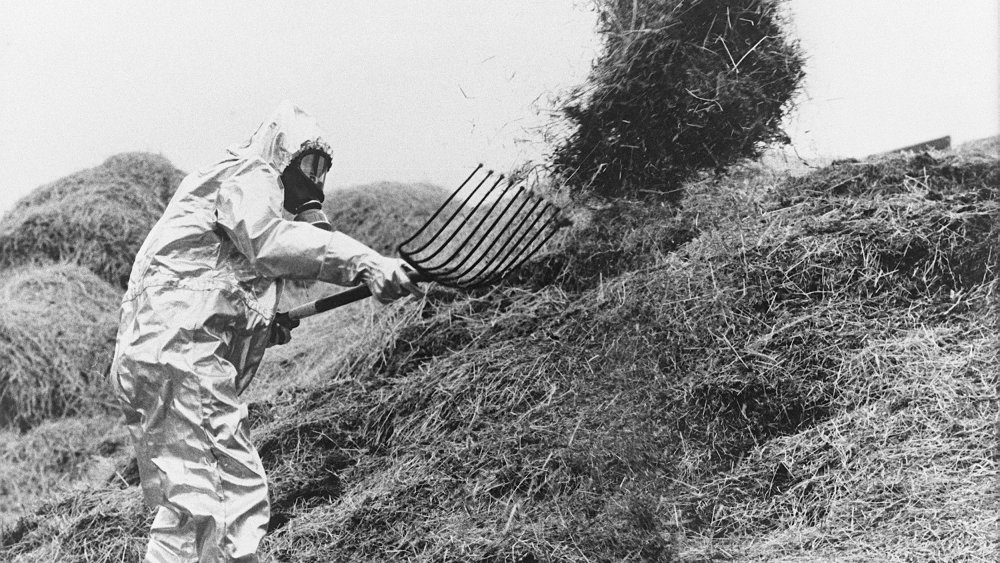How Much Longer Until Chernobyl's Radiation Is Completely Gone?
On April 26th, 1986, the Ukrainian nuclear power plant at Chernobyl found itself quite unexpectedly exploding. The Soviet-built reactor had some overlooked design flaws, and the staff at the plant was undertrained. Thirty-one people died as a direct result of the accident, and countless others are believed to have passed away from complications like radiation-induced thyroid cancer. For ten days, massive amounts of radioactive material were ejected into the atmosphere, rendering the surrounding area uninhabitable to all but the most shiny and chrome of half life war boys. Over the years that followed, a government sanctioned "exclusion zone" has expanded to a size of 1000 square miles in a preventative measure to ensure minimal further loss of life.
But then HBO came along and made the place look tempting, leading to an uptick in extreme tourism and the inevitable conclusion that there's no such thing as bad publicity. With the irradiated area continuing to bring curious visitors from around the world, the question must be asked: how long will it take for this charming little glowstick of a vacation destination to shed its pesky radioactivity?
Cher-not for a while
One of the many, many factors that complicates the questions "how long until Chernobyl isn't radioactive anymore" is that the explosion wasn't anything like, say, the kind you'd see after the detonation of a nuclear bomb. Instead of throwing off radiation in a single devastating burst, it threw irradiated material all over the landscape, some of which buried itself in the ground and continues to leak high-energy Geiger counter toe-tappers into the environment to this day. In some places, that means a pretty immediate case of acute radiation syndrome (ARS) which, as Business Insider points out, could wait for any curious trailblazers who wander off during a tour and head towards more heavily contaminated areas like the forest or the "free puppy" bins.
Put simply, some parts of Chernobyl will expose you to less radiation than a cross-country commercial flight just three decades after the initial accident. If you want to see the physical reactor itself, however, you'll want to wait a while longer. As reported by Newsweek, experts believe that it won't be safe for another 20,000 years.

